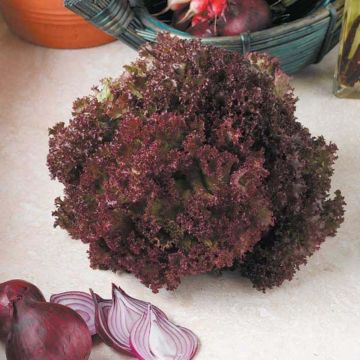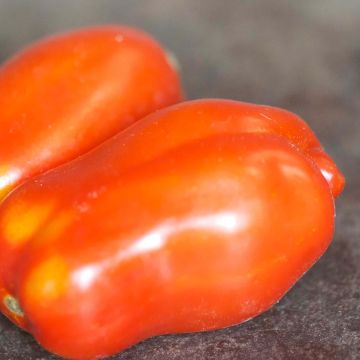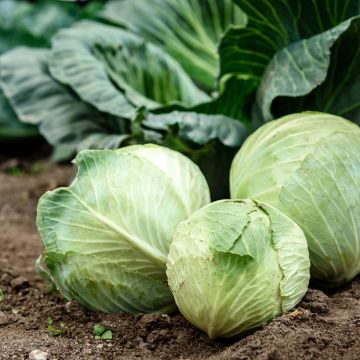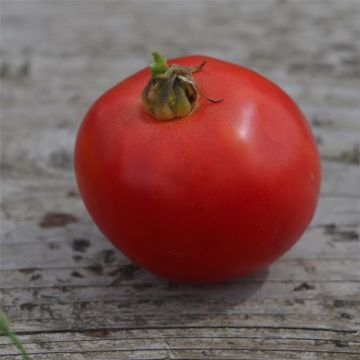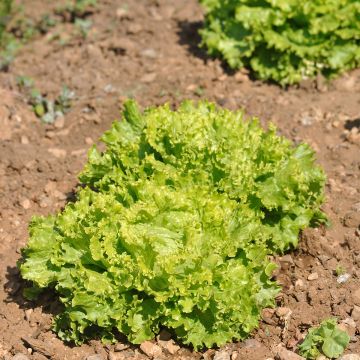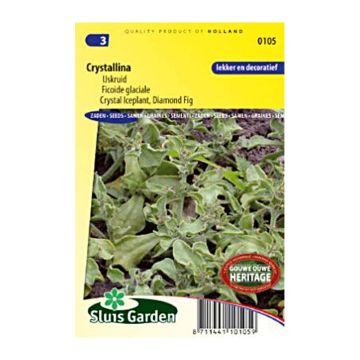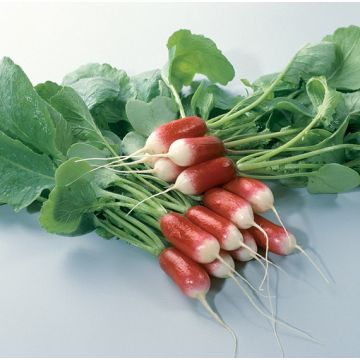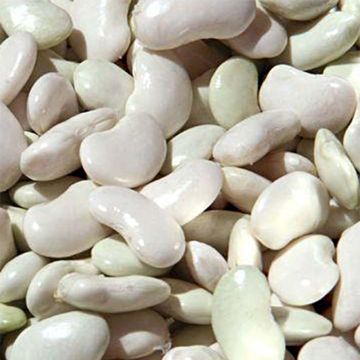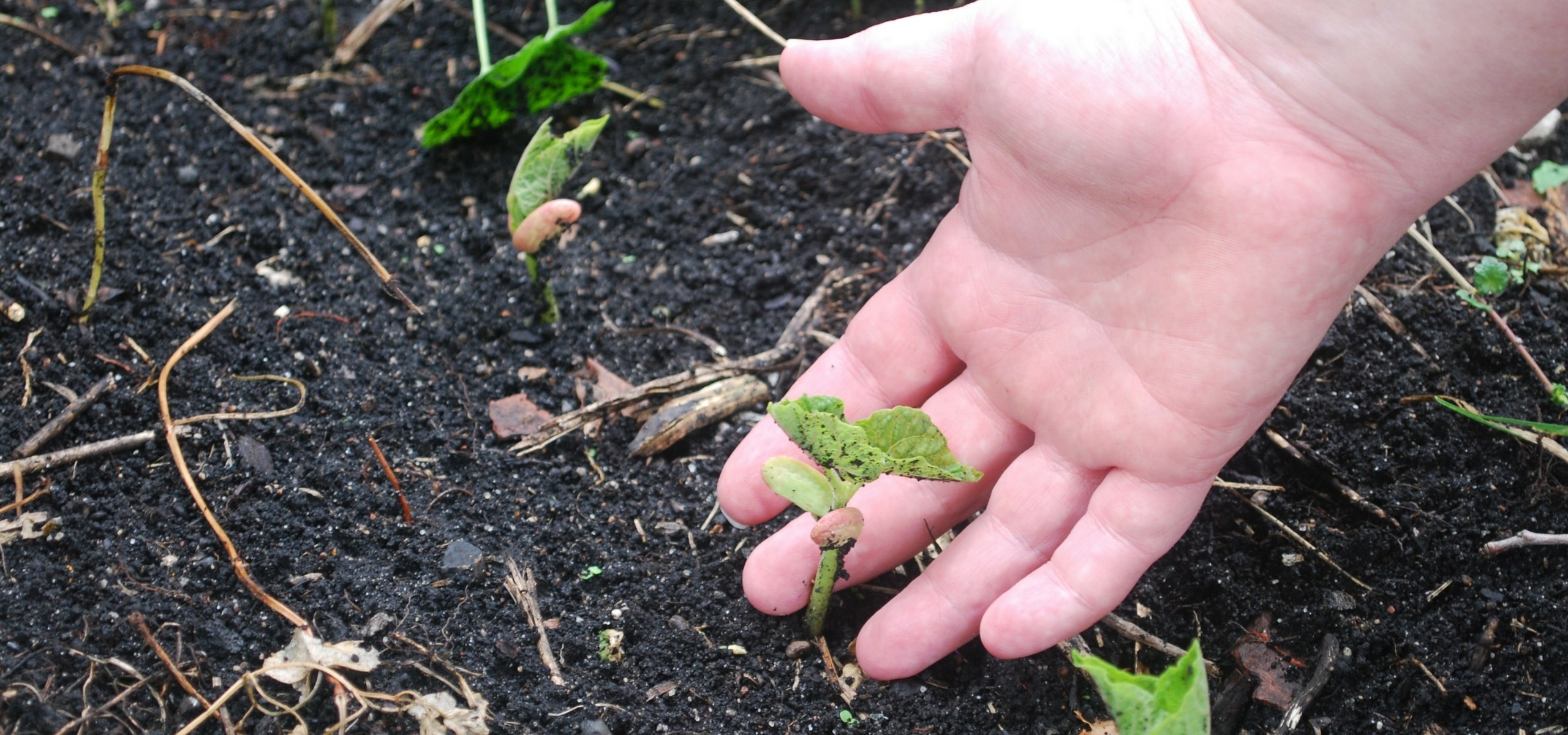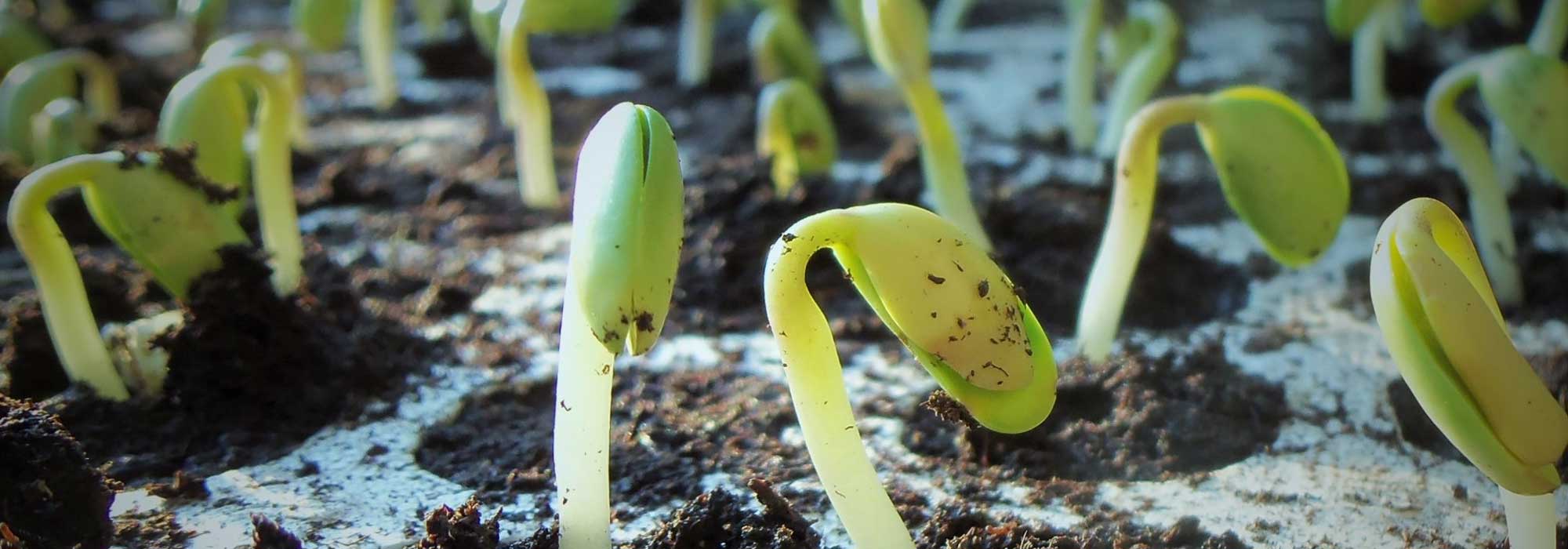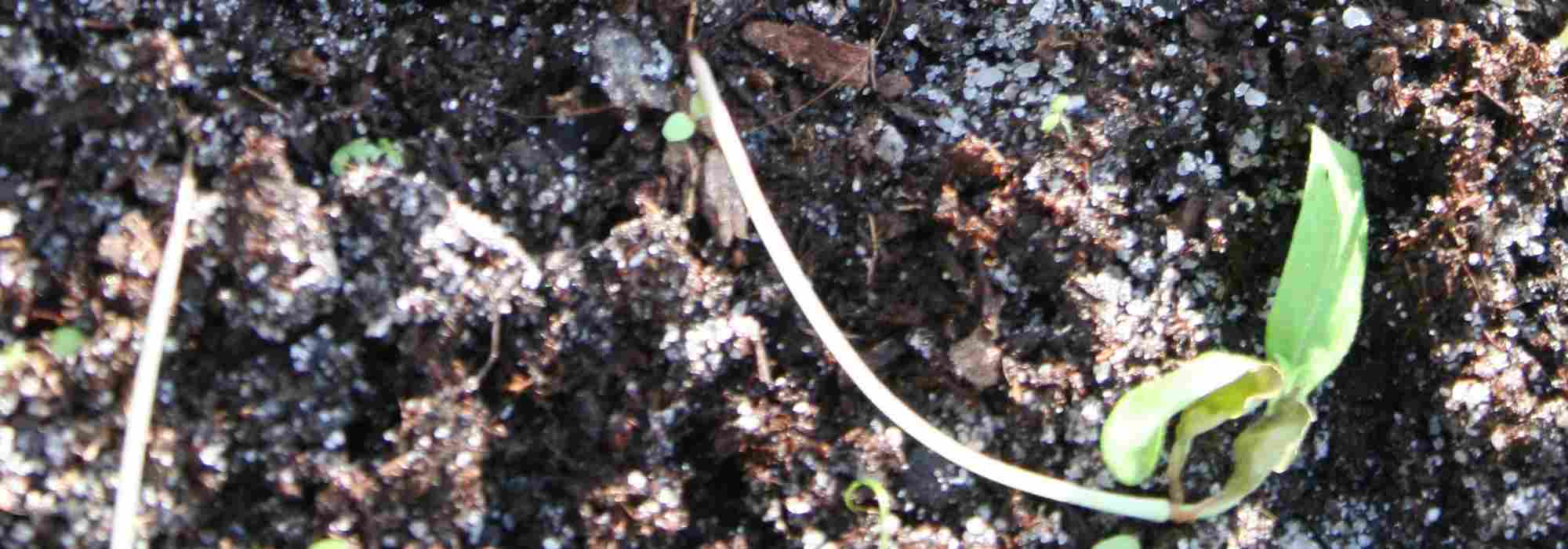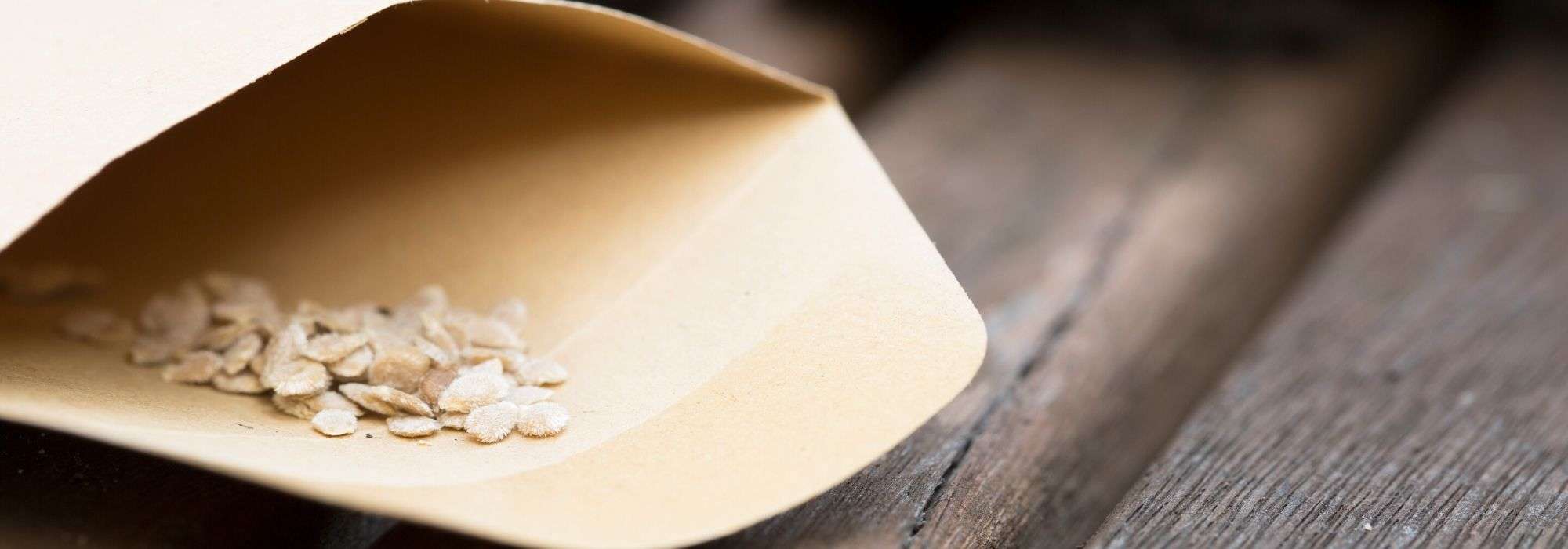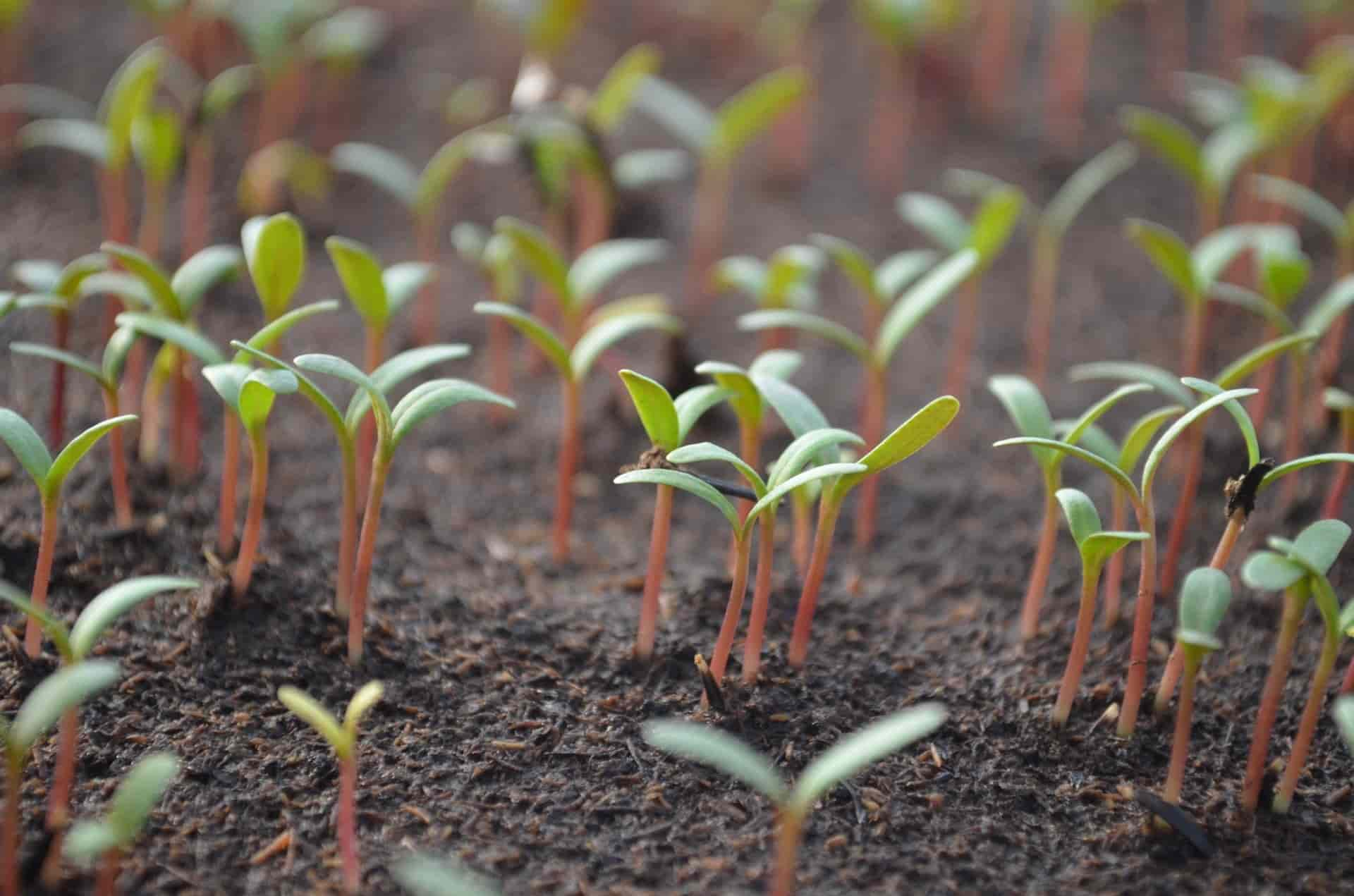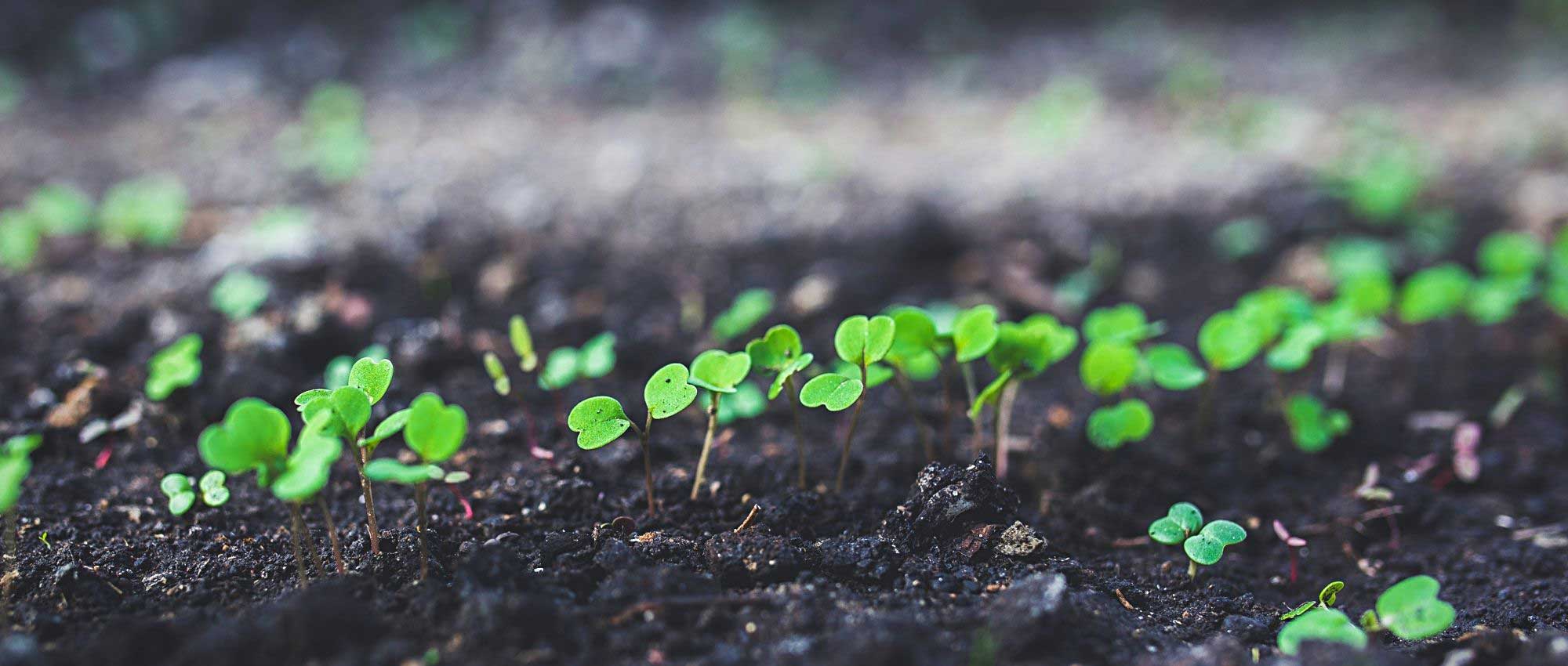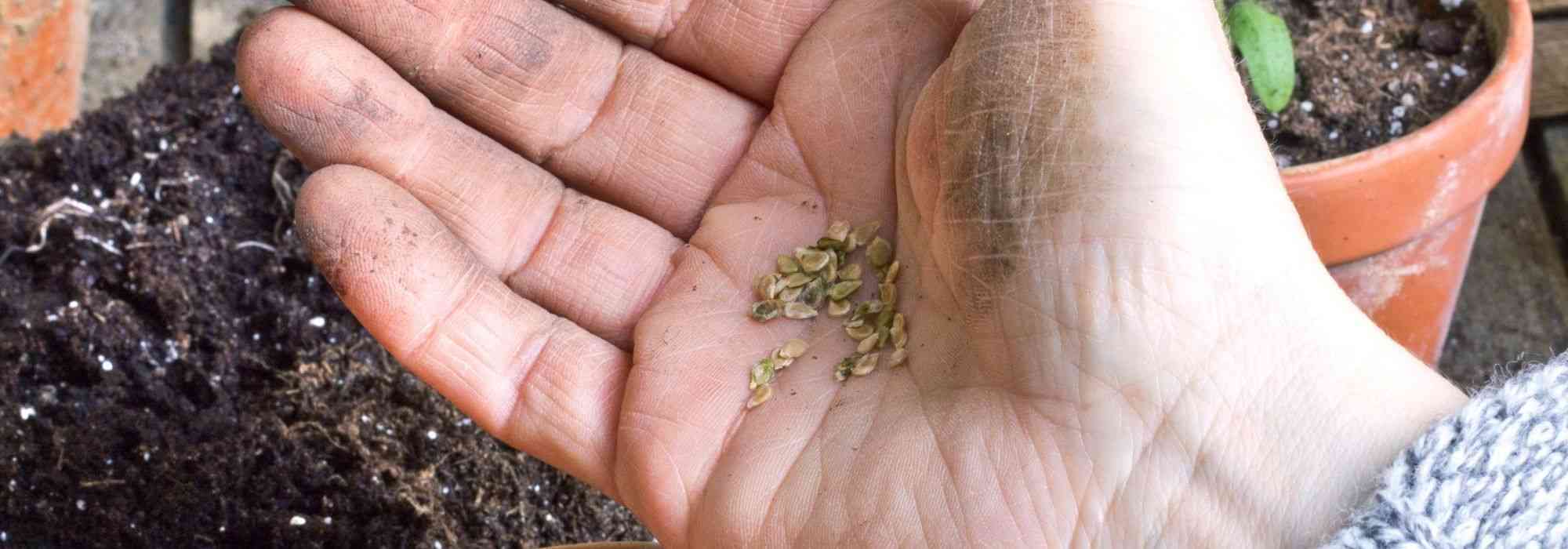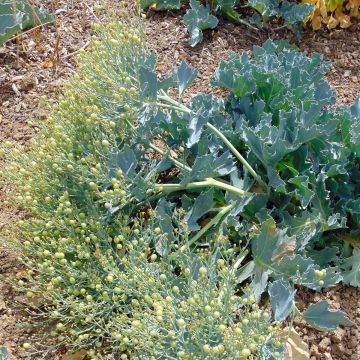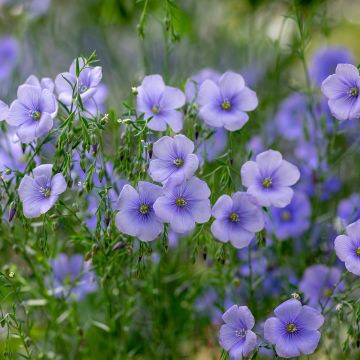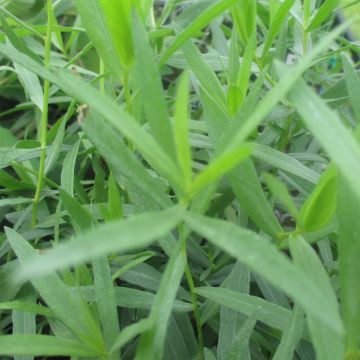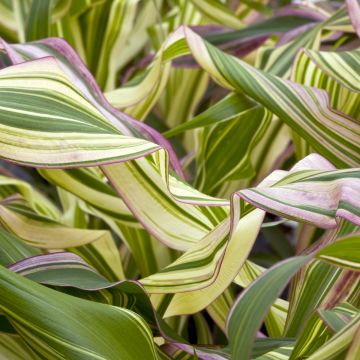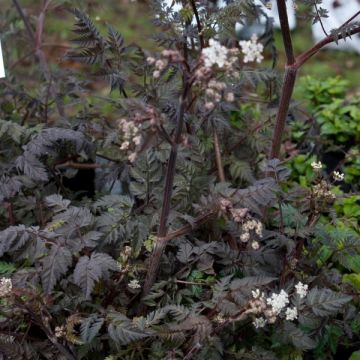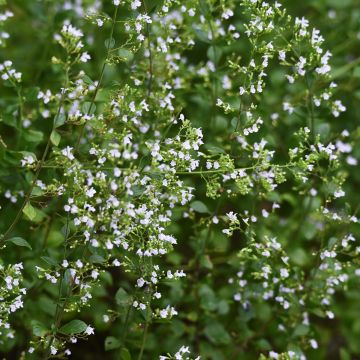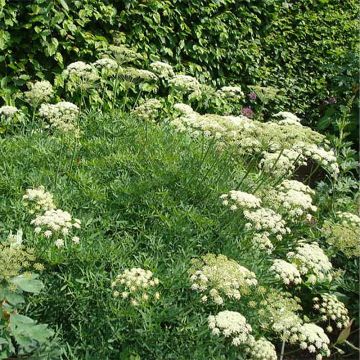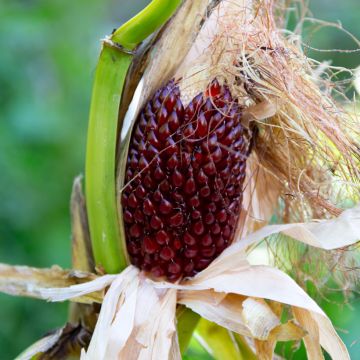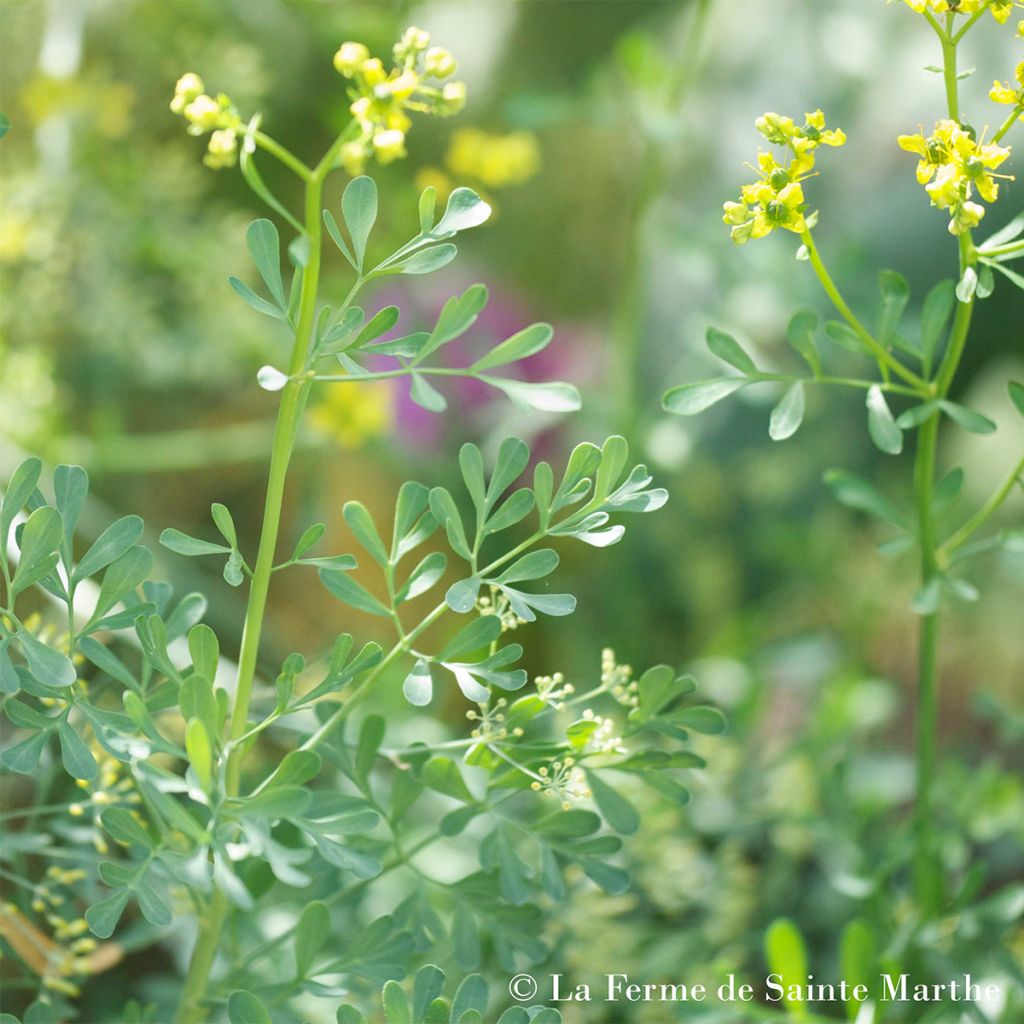

Ruta graveolens - Ferme de Sainte Marthe seeds
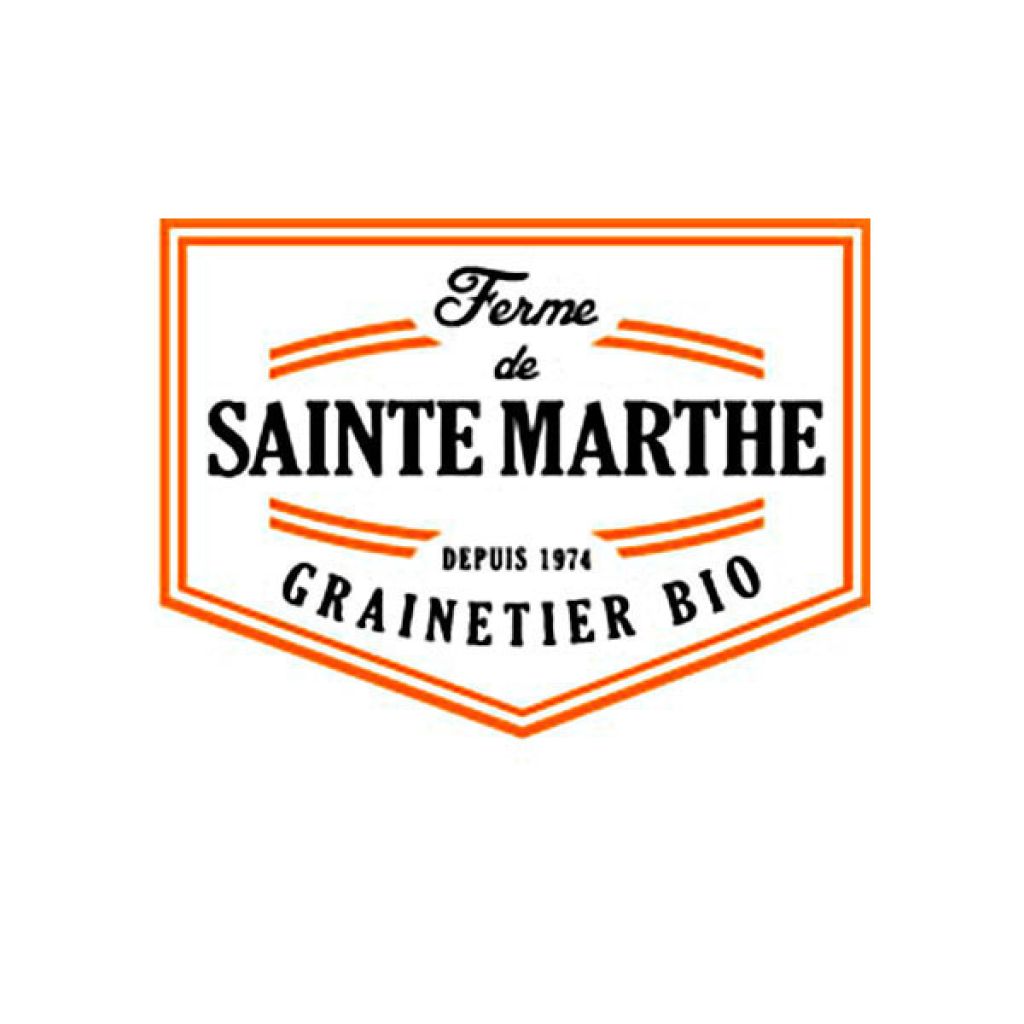

Ruta graveolens - Ferme de Sainte Marthe seeds
Ruta graveolens - Ferme de Sainte Marthe seeds
Ruta graveolens
Common Rue, Herb-of-Grace
Order very easy; fast delivery; top-notch packaging with advice and superb catalogue. Very competitive price. Thank you.
Patrick L., 20/06/2018
Special offer!
Receive a €20 voucher for any order over €90 (excluding delivery costs, credit notes, and plastic-free options)!
1- Add your favorite plants to your cart.
2- Once you have reached €90, confirm your order (you can even choose the delivery date!).
3- As soon as your order is shipped, you will receive an email containing your voucher code, valid for 3 months (90 days).
Your voucher is unique and can only be used once, for any order with a minimum value of €20, excluding delivery costs.
Can be combined with other current offers, non-divisible and non-refundable.
Home or relay delivery (depending on size and destination)
Schedule delivery date,
and select date in basket
This plant carries a 6 months recovery warranty
More information
We guarantee the quality of our plants for a full growing cycle, and will replace at our expense any plant that fails to recover under normal climatic and planting conditions.
Description
Common Rue (Ruta graveolens) is a perennial aromatic and medicinal plant, with blue-green foliage and beautiful summer flowering in sulphur yellow. Its very particular smell is reputed to repel unwanted guests in the house and garden. It is also used in cooking, but sparingly as its bitter taste is strong. It can be sown from February to April.
Common Rue, sometimes called Stinking Rue, Stinking Herb, Garden Rue or Herb of Grace, is a perennial plant belonging to the Rutaceae family. It forms a ramified undershrub which can reach 80cm (32in) in height and 70cm (28in) in width. Its blue-green foliage is composed of lobed leaves. It displays small flowers (about 1cm) in sulphur yellow composed of 4 to 5 petals and large stamens, from June to September. It is perfectly hardy, at least down to -15°C (5°F).
Highly prized by the Romans, common in medieval gardens and much appreciated in Britain, Stinking Rue is best known for its smell, which is somewhat nauseating and difficult to describe but leaves no one indifferent. To be honest, we have it in our garden and we don't find it particularly "stinky". Its scent is certainly unusual but it does not diffuse in an unpleasant way, and once the surprise has passed, you can even find it quite pleasant, with a hint of coconut.
Rue is sometimes used in cooking, sparingly, to add a touch of bitterness to omelettes, white meats, etc. But it is mainly in the garden and at home that it finds its use: planted around the vegetable garden or in a flowerbed, it repels cats who often take great pleasure in scratching in mulches or the location of new plantings. Bouquets or sachets of dried Rue leaves repel ants, mice and moths in the house.
Rue is also used as a medicinal plant for its tonic, stimulating and vermifuge properties. But be careful, it can be toxic and should only be used by those who are knowledgeable.
In the garden, Common Rue thrives in the sun, in ordinary, dry and even rocky soil. It is not afraid of limestone or scorching heat and is one of those plants that laugh at adversity - the more difficult the conditions, the more it shines. It can be placed in an area reserved for aromatic and medicinal plants, or in a perennial flowerbed as it is also ornamental.
Harvest: The first harvest is done one year after sowing, simply by taking a few stalks.
Storage: The plant can be stored in sachets once it is well dried.
Gardener's tip: Some plants, including Rue, are photosensitizing. In summer remember to protect your hands when gardening nearby, as its action combined with sunlight can cause burns.
.
Report an error about the product description
Harvest
Plant habit
Foliage
Safety measures
Botanical data
Ruta
graveolens
Rutaceae
Common Rue, Herb-of-Grace
Cultivar or hybrid
Perennial
Phytophotodermatoses
Cette plante peut provoquer l'apparition de réactions cutanées indésirables en cas de contact suivi d'une exposition au soleil.
Ne la plantez pas là où de jeunes enfants peuvent évoluer. Evitez l'exposition au soleil après l'avoir manipulée. Evitez tout contact avec la peau: privilégiez l'emploi de gants pour la manipuler. En cas de contact, lavez-vous soigneusement les mains et rincez abondamment à l'eau la zone concernée. Lavez les vêtements entrés en contact. En cas de réaction cutanée, contactez votre médecin ou le centre antipoison le plus proche de chez vous. En cas d'atteinte étendue, appelez sans tarder le 15 ou le 112.Pensez à conserver l'étiquette de la plante, à la photographier ou à noter son nom, afin de faciliter le travail des professionnels de santé.
Davantage d'informations sur https://plantes-risque.info
Other Vegetable seeds from A to Z
View all →Planting and care
Sowing:
Sowing of Common Rue is done in February-March at home or in a heated greenhouse, and in April outdoors. Sow in a tray or directly in a pot filled with good seed compost, possibly mixed with sand or vermiculite. If necessary (sowing in a tray), transplant the seedlings into pots when they are well developed. Final planting should be done in May.
The germination of Rue can sometimes be a bit unpredictable. For better results, it may be interesting to keep the seeds cold for a few weeks or to sow them in autumn and let them overwinter outdoors, exposed to the cold.
Cultivation:
Common Rue thrives in full sun, in ordinary, dry, and even rocky soil. It is not afraid of limestone or intense heat, and is one of those plants that laughs in the face of adversity – the more difficult the conditions, the more it shines.
In poor soil, you can add compost annually.
Seedlings
Care
Intended location
Planting & care advice
-
, onOrder confirmed
Reply from on Promesse de fleurs
Similar products
Haven't found what you were looking for?
Hardiness is the lowest winter temperature a plant can endure without suffering serious damage or even dying. However, hardiness is affected by location (a sheltered area, such as a patio), protection (winter cover) and soil type (hardiness is improved by well-drained soil).

Photo Sharing Terms & Conditions
In order to encourage gardeners to interact and share their experiences, Promesse de fleurs offers various media enabling content to be uploaded onto its Site - in particular via the ‘Photo sharing’ module.
The User agrees to refrain from:
- Posting any content that is illegal, prejudicial, insulting, racist, inciteful to hatred, revisionist, contrary to public decency, that infringes on privacy or on the privacy rights of third parties, in particular the publicity rights of persons and goods, intellectual property rights, or the right to privacy.
- Submitting content on behalf of a third party;
- Impersonate the identity of a third party and/or publish any personal information about a third party;
In general, the User undertakes to refrain from any unethical behaviour.
All Content (in particular text, comments, files, images, photos, videos, creative works, etc.), which may be subject to property or intellectual property rights, image or other private rights, shall remain the property of the User, subject to the limited rights granted by the terms of the licence granted by Promesse de fleurs as stated below. Users are at liberty to publish or not to publish such Content on the Site, notably via the ‘Photo Sharing’ facility, and accept that this Content shall be made public and freely accessible, notably on the Internet.
Users further acknowledge, undertake to have ,and guarantee that they hold all necessary rights and permissions to publish such material on the Site, in particular with regard to the legislation in force pertaining to any privacy, property, intellectual property, image, or contractual rights, or rights of any other nature. By publishing such Content on the Site, Users acknowledge accepting full liability as publishers of the Content within the meaning of the law, and grant Promesse de fleurs, free of charge, an inclusive, worldwide licence for the said Content for the entire duration of its publication, including all reproduction, representation, up/downloading, displaying, performing, transmission, and storage rights.
Users also grant permission for their name to be linked to the Content and accept that this link may not always be made available.
By engaging in posting material, Users consent to their Content becoming automatically accessible on the Internet, in particular on other sites and/or blogs and/or web pages of the Promesse de fleurs site, including in particular social pages and the Promesse de fleurs catalogue.
Users may secure the removal of entrusted content free of charge by issuing a simple request via our contact form.
The flowering period indicated on our website applies to countries and regions located in USDA zone 8 (France, the United Kingdom, Ireland, the Netherlands, etc.)
It will vary according to where you live:
- In zones 9 to 10 (Italy, Spain, Greece, etc.), flowering will occur about 2 to 4 weeks earlier.
- In zones 6 to 7 (Germany, Poland, Slovenia, and lower mountainous regions), flowering will be delayed by 2 to 3 weeks.
- In zone 5 (Central Europe, Scandinavia), blooming will be delayed by 3 to 5 weeks.
In temperate climates, pruning of spring-flowering shrubs (forsythia, spireas, etc.) should be done just after flowering.
Pruning of summer-flowering shrubs (Indian Lilac, Perovskia, etc.) can be done in winter or spring.
In cold regions as well as with frost-sensitive plants, avoid pruning too early when severe frosts may still occur.
The planting period indicated on our website applies to countries and regions located in USDA zone 8 (France, United Kingdom, Ireland, Netherlands).
It will vary according to where you live:
- In Mediterranean zones (Marseille, Madrid, Milan, etc.), autumn and winter are the best planting periods.
- In continental zones (Strasbourg, Munich, Vienna, etc.), delay planting by 2 to 3 weeks in spring and bring it forward by 2 to 4 weeks in autumn.
- In mountainous regions (the Alps, Pyrenees, Carpathians, etc.), it is best to plant in late spring (May-June) or late summer (August-September).
The harvesting period indicated on our website applies to countries and regions in USDA zone 8 (France, England, Ireland, the Netherlands).
In colder areas (Scandinavia, Poland, Austria...) fruit and vegetable harvests are likely to be delayed by 3-4 weeks.
In warmer areas (Italy, Spain, Greece, etc.), harvesting will probably take place earlier, depending on weather conditions.
The sowing periods indicated on our website apply to countries and regions within USDA Zone 8 (France, UK, Ireland, Netherlands).
In colder areas (Scandinavia, Poland, Austria...), delay any outdoor sowing by 3-4 weeks, or sow under glass.
In warmer climes (Italy, Spain, Greece, etc.), bring outdoor sowing forward by a few weeks.






























